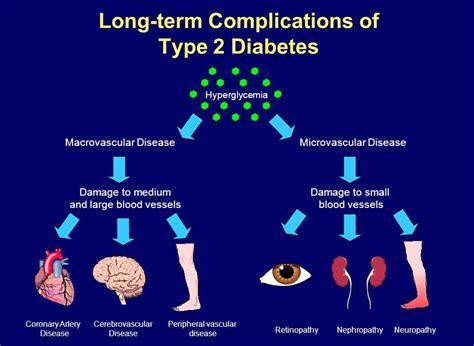
TYPE 2 DIABETES MELLITUS IS A KILLER
The prevalence of type 2 diabetes (DM2) is increasing rapidly, particularly among younger age groups. Estimates suggest that people with diabetes die, on average, 6 years earlier than people without diabetes.
A new large study aimed to provide reliable estimates of the associations between age at diagnosis of diabetes and all-cause mortality, cause-specific mortality, and reductions in life expectancy.
The data are stunning, morose, and requires a massive effort to prevent DM2 by focusing on healthy diet, fitness, weight control, and wider testing.
STUDY METHODS
The researchers conducted a combined analysis of individual-participant data from 19 high-income countries using two large-scale data sources: the
1) Emerging Risk Factors Collaboration (96 cohorts, median baseline years 1961–2007, median latest follow-up years 1980–2013)
2) The UK Biobank (median baseline year 2006, median latest follow-up year 2020).
The age-adjusted and sex-adjusted hazard ratios (HRs) for all-cause mortality according to age at diagnosis of diabetes using data from 1,515,718 participants was calculated, in whom deaths were recorded during 23·1 million person-years of follow-up.
STUDY FINDINGS
For participants with diabetes, there was a linear dose–response association between earlier age at diagnosis and higher risk of all-cause mortality compared with participants without diabetes.
The risk of dying was 2.7 times higher for a diagnosis of DM2 at ages 30–39 years.
The risk of dying was 2.3 times higher for diagnosis of DM2 at ages 40–49 years, was 1·8 times higher for diagnosis at ages 50–59 years, was 1·6 times higher for diagnosis of DM2 at ages 60–69 years, and was still 1·4 times higher for diagnosis at ages 70 years and older.
A 50-year-old individual with diabetes died on average 14 years earlier when diagnosed aged 30 years, 10 years earlier when diagnosed aged 40 years, or 6 years earlier when diagnosed aged 50 years than an individual without diabetes.
COMMENTS
Every decade of earlier diagnosis of diabetes was associated with about 3–4 years of lower life expectancy, highlighting the need to develop and implement interventions that prevent or delay the onset of diabetes and to intensify the treatment of risk factors among young adults diagnosed with diabetes.
One of the authors commented that “Our findings support the idea that the younger an individual is when they develop type 2 diabetes, the more damage their body accumulates from its impaired metabolism.
But the findings also suggest that early detection of diabetes by screening followed by intensive glucose management could help prevent long-term complications from the condition.”
As Ben Franklin said, an ounce of prevention is worth a pound of cure.

